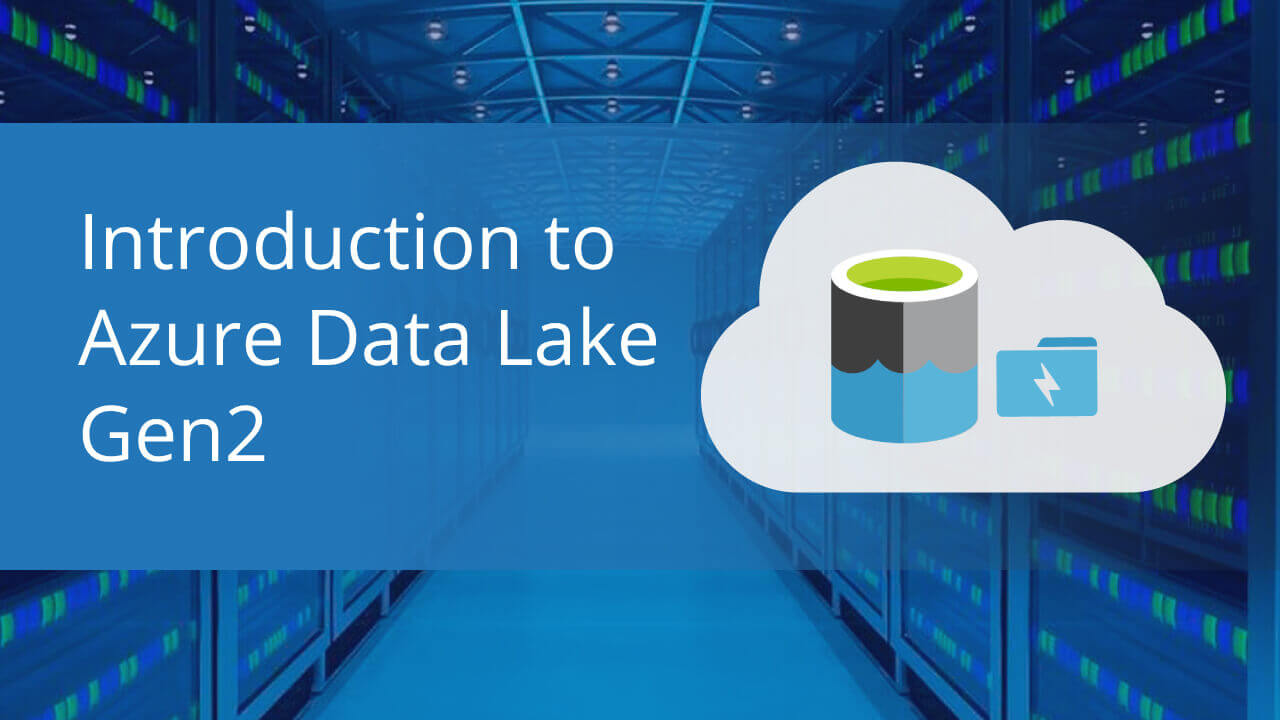In this interconnected world of technology, as far as small and large industries accelerate data modernization, this is important for cloud platforms such as Azure to get hands-on it. In recent years, Microsoft has gradually added data elements and analysis in Azure and develops all the things that help you create and apply powerful and complex things quickly. However, reduce the breadth and depth of skills needed to successfully run the organizations.
Explore – Azure Data Platform
The Microsoft Azure data platform uses SQL server technology and makes it available on local computers, in a private as well as a third-party cloud environment, and a public cloud. On the other side, the lead of the Azure data platform is that you can easily increase or decrease the size and configure resource sharing in a flexible set. However, it can be a more expensive option if your design does not fit well. All the same, Azure managed instances are a great service that is much closer to SQL on the spot, which can help you if you want to migrate existing applications to a clear solution but is limited by the functionality of the Azure SQL database. Though, it supports as many features as the database of SQL.
Azure Data Platform – Features
- Event management and service support (ITIL-v3) for the Microsoft platform
- Design, develop, implement, and support Microsoft data platform services
- Improve service providers and support to meet organizational needs
- Consulting services specialist with Microsoft gold data partners
- The Microsoft Azure data platform offers high analytics capabilities for professionals
- Easy to apply, easy to use, redesign of the organization
- Designed for agile work that enables organizational growth and flexibility
- To increase productivity, allow mobile phones to work on any device
- Supporting efficient and effective supply
- Standard methods and procedure for reporting on ITIL Services v3
- Keep large stocks with minimal downtime
- Perform proven public authority missions and adhere to government standards
Azure Data Platforms
Different data platforms are now available in Microsoft Azure.
Azure – Storage
Azure Storage is a cloud storage solution for today’s applications based on resilience, availability, and flexibility to meet the needs of its customers.
Azure – Data-Lake – Store
Azure Data Lake allows you to collect data of any size, type, and speed from a single location for operational and investigative analysis.
Azure – SQL – Database
Unlike similar cloud databases, SQL databases allow users to make relational queries about stored, structured, or semi-structured data, or even unorganized documents. It also links to the Azure Machine Learning and Azure Data Lake libraries.
Azure – DB – document
It is a No-SQL database for J-S-O-N large data computing solutions that requires simple flexibility and high availability.
Azure – Data – Catalog
It allows you to discover data from any source (internal or cloud, Microsoft or non-Microsoft, organized or unorganized) that allows self-service, allows users to store, comment, discover, understand, and use data sources.
Azure – Data – Factory
Use it to capture data from multiple sources locally and in the cloud. Then connect the data management portal to the resources on the site and use the Data Factory to take your data where they need it. Prepare and share your data as you transfer or apply pretreatment steps.
Azure – Data-Lake – Analytics
This service allows you to focus on writing, sending, and managing jobs instead of running a distributed structure. Instead of using, configuring hardware, you write queries to transform data and process valuable data.
Facts People Should Consider Switching to the Azure Data Platform
Here are four things consumers should consider switching to the Azure data platform.
Repel the Desire to Get Up and Go
If some consumers immediately focus on the idea of storing and moving data from existing databases to the Azure data platform, migration is an ideal way to create new design patterns and create the cloud in the best possible way. Companies using cloud design models, including cloud management, cost optimization, and new DevOps deployment models, can not only eliminate problems that may arise today but can do so and create an architecture using the innovative Azure Data Platform. However, more often, access to a green-field strategy is better than a long-term way of lifting and changing.
Managing a Data Center in the Cloud Is Not the Same
Their goals may be similar, but the data centers on your site need other cloud-based capabilities. Even the data managers, who have obtained Microsoft data science certification, wait for the learning process. You may be the best expert in town to use a metaphor, but if someone comes in to grab something other than your expertise, so you probably don’t have the right things, or even the information – that might confuse you. However, there are new learning tools – once individuals develop their talents and find support on the data platform, they can do so with their skill.
Find a Person Who Understands
Find a partner who understands.
This may sound obvious, but we have seen too many examples of organizations locked into partnerships because they get special solutions. Instead, find a partner who can help you close for a data cloud service provider and understand it. It, however, indicates that organizations can rely on Microsoft’s advice to help consumers thrive within the Azure data platform. With this close connection, organizations can take their consumers from loss to the clouds in a short time. Before choosing a partner, understand the environment in which you work.
Hold the Urge to Look Back
Transferring business data from a local data center to the Azure data platform is a daunting task. That is why many organizations are gradually moving assets to the clouds. Through this process, customers reach a point where they feel comfortable enough to move forward at full speed. However, companies that run their entire business on an ongoing basis are sometimes skeptical of the benefits of working in the cloud and must completely double their local environment if they choose to do so. Thus – this approach significantly increases cost and complexity. Even knowing that there may be some obstacles along the way, the chance of returning to the on-site data center is minimal if you have experienced flexibility, and efficiency.
Last Words
The Azure Data Platform takes the idea of a local data center and puts it in the cloud. Being in the cloud, the Azure Data Platform is faster, more flexible, and scalable than its traditional infrastructure.










You must be logged in to post a comment.